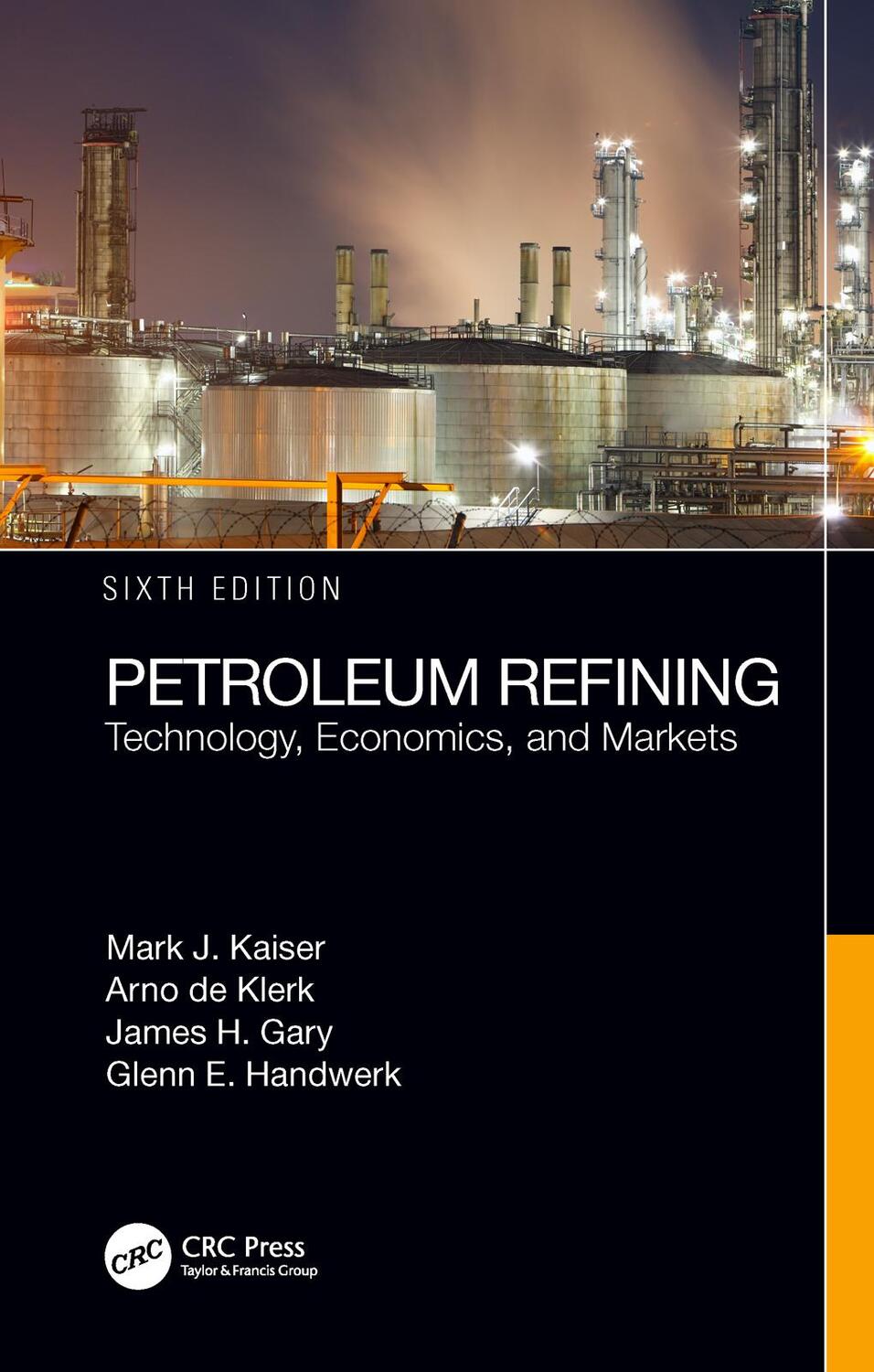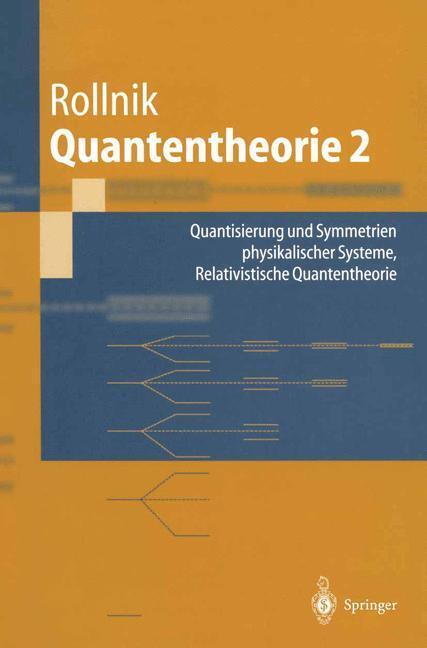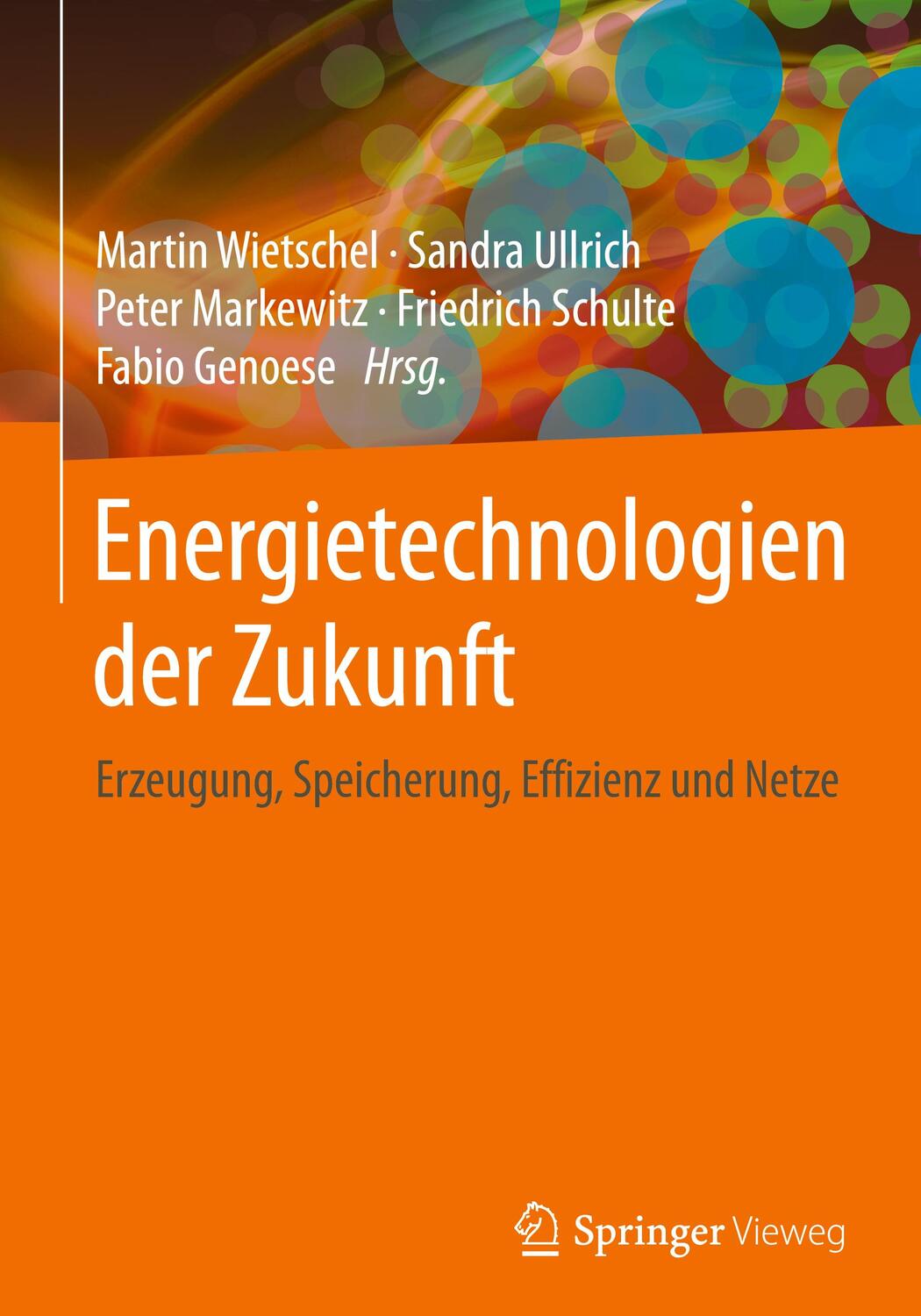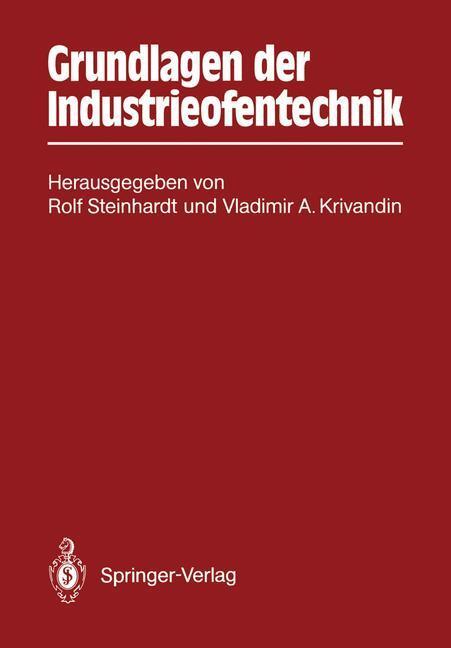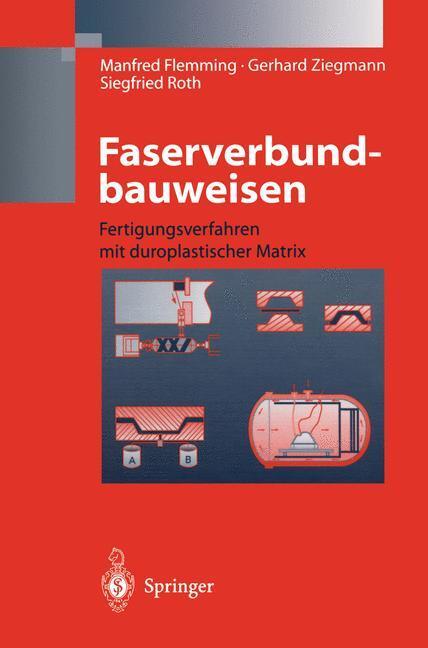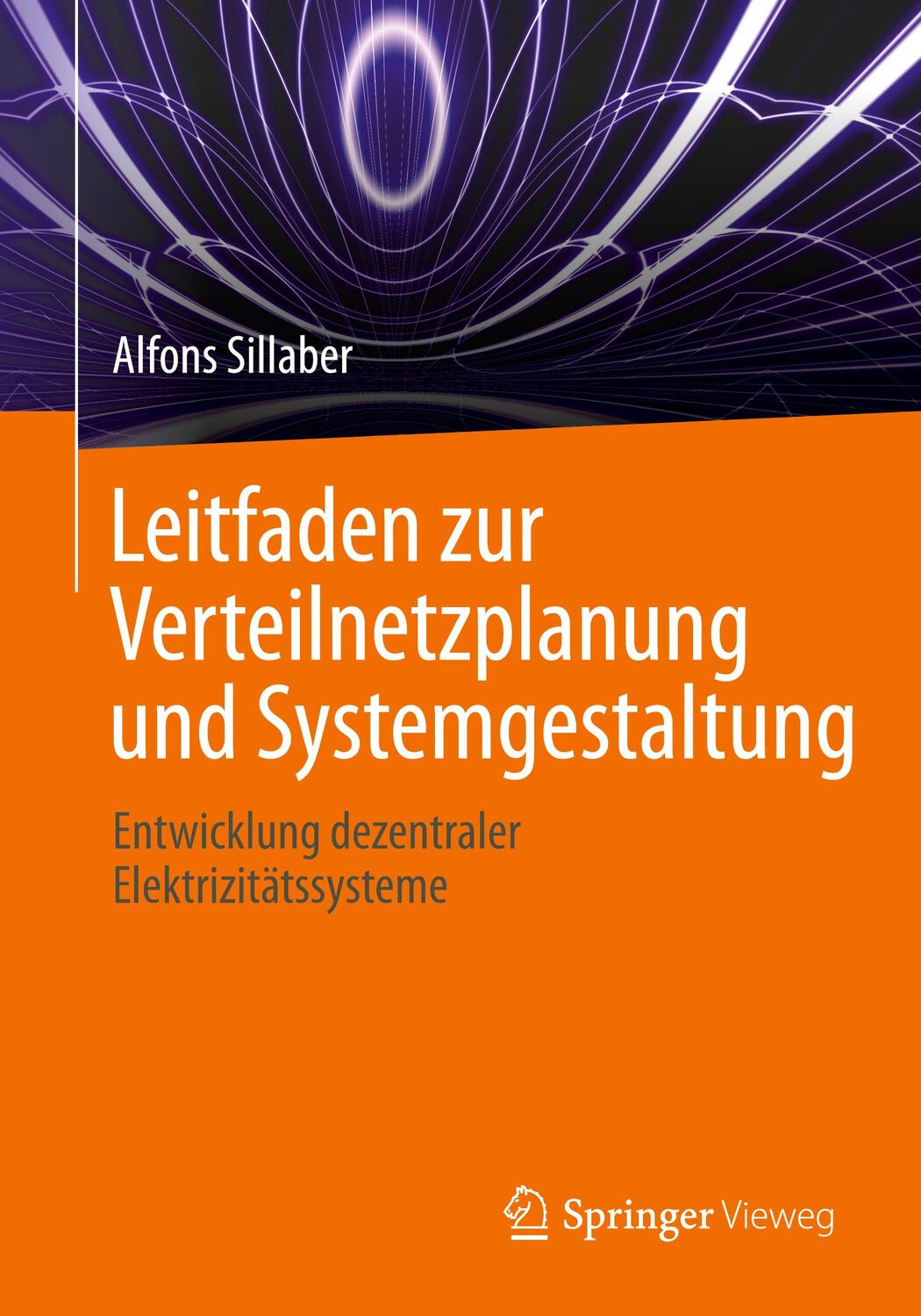115,95 €*
Versandkostenfrei per Post / DHL
Lieferzeit 1-2 Wochen
The sixth edition of this bestseller is updated and expanded to reflect new technologies, methods, and topics, the book includes new discussion on the business and economics of refining, cost estimation and complexity, crude origins and properties, fuel specifications, and updates on technology, process units, and catalysts.
The sixth edition of this bestseller is updated and expanded to reflect new technologies, methods, and topics, the book includes new discussion on the business and economics of refining, cost estimation and complexity, crude origins and properties, fuel specifications, and updates on technology, process units, and catalysts.
Part 1. Markets and Economics
Section 1: Industry Structure and Characteristics
1. Performance
1.1 Refinery Supply Chains
1.1.1 Input-Output Model
1.1.2 Infrastructure
1.1.3 Location
1.1.4 Commercial Requirements
1.2 Performance
1.3 Refinery Economics
1.4 Refining Yields
1.5 Refining Margins
1.5.1 Gross Margin
1.5.2 Net Margin and Netback
1.5.3 Application
1.6 Margin Comparisons
1.6.1 Sweet vs. Sour Crude
1.6.2 Cracker vs. Coker Refinery
1.7 Factors That Impact Margins
1.8 Crack Spreads
1.9 Market Data
References
2. Products
2.1 Overview
2.2 Petroleum Gases
2.2.1 Methane
2.2.2 Ethane
2.2.3 Propane
2.2.4 Butane
2.2.5 Natural Gas Liquids
2.3 Light Distillates
2.3.1 Naphthas
2.3.2 Gasolines
2.4 Middle Distillates
2.4.1 Jet Fuel
2.4.2 Kerosene
2.4.3 Automotive Diesel
2.4.4 Marine Diesel
2.4.5 Light Fuel Oil
2.5 Heavy Fuel Oils
2.6 Specialty Products
2.6.1 Base Oils and Lubricants
2.6.2 Engine Oils
2.6.3 Greases
2.6.4 Waxes
2.6.5 Bitumen
2.6.6 Petroleum Coke
2.6.7 Carbon Black
References
3. Processes
3.1 Overview
3.2 Separation
3.2.1 Perfect Batch Distillation
3.2.2 Distillation Curves
3.2.3 Fractions
3.2.4 Atmospheric Distillation
3.2.5 Vacuum Distillation
3.3 Conversion
3.3.1 Thermal Cracking
3.3.2 Catalytic Cracking
3.3.3 Hydrocracking
3.3.4 Coking
3.4 Finishing
3.4.1 Hydrotreating
3.4.2 Catalytic Reforming
3.4.3 Alkylation
3.4.4 Isomerization
References
4. Prices
4.1 Introduction
4.2 Price Formation
4.3 Global Oil and Product Markets
4.4 Price Characteristics
4.4.1 Prices are Volatile
4.4.2 Prices are Unpredictable
4.4.3 Business Cycle Impacts are Periodic
4.4.4 Price Shocks
4.4.5 Market Factors Dominate Price Signals
4.4.6 Private Factors are Secondary in Price Formation
4.5 Supply and Demand
4.5.1 Supply Curves
4.5.2 Demand Curves
4.5.3 Equilibrium
4.6 Market Factors
4.6.1 Demand
4.6.2 Supply
4.6.3 Production Cost
4.6.4 OPEC
4.6.5 Spare Production Capacity
4.6.6 Supply Disruptions
4.6.7 Technology Impacts
4.7 Private Factors
4.7.1 Quality
4.7.2 Yield
4.8 World Production circa 2017
4.9 Refined Product Prices
References
5. Potpourri
5.1 Business Model
5.1.1 Required Spending
5.1.2 Discretionary Spending
5.1.3 Capital Investments
5.2 Company Classification
5.2.1 Firm Type
5.2.2 Ownership
5.2.3 Level of Integration
5.2.4 Business Objectives
5.3. U.S. and World Capacity Trends
5.3.1 Distillation
5.3.2 Coking
5.3.3 Catalytic Cracking
5.3.4 Hydrocracking
5.3.5 Hydrotreating
5.3.6 Reforming, Alkylation, Isomerization
5.3.7 Aromatics and Lubricants
5.3.8 Hydrogen
5.3.9 Sulfur
5.3.10 Asphalt
5.4. U.S. Capacity Correlations
5.5 Market Valuation
5.6 Capital Investment
References
Section 2: Cost Estimation and Complexity
6. Cost Estimation
6.1 Construction Cost Factors
6.1.1 ISBL
6.1.2 USGC Reference
6.1.3 Project Type
6.1.4 Unit Addition vs. Grassroots Refinery
6.1.5 Process Technology
6.1.6 Process Severity
6.1.7 Unit Requirements
6.1.8 Contract Type
6.1.9 Actual vs. Estimated Cost
6.1.10 Time
6.1.11 Location
6.2 Unit Cost
6.2.1 Source Data
6.2.2 Sample Size
6.2.3 Normalization
6.3 Cost Functions
6.3.1 Specification
6.3.2 Dependent Variable
6.3.3 Parameter Estimation
6.3.4 Data Processing
6.3.5 Data Exclusion
6.3.6 Cost Envelopes
6.4 USGC Grassroots Construction Cost
6.5 Operating Cost Factors
6.5.1 Common vs. Unique Factors
6.5.2 Utility Prices
6.5.3 Capacity, Complexity, Age
6.5.4 Time
6.5.5 Location
6.5.6 Exceptional Events
6.6 Operating Expenses
6.6.1 Data Sources
6.6.2 Consolidation Levels
6.7 U.S. Operating Cost Statistics, 2010-2014
References
7. Refinery Complexity
7.1 Ideal Refinery
7.2 Nelson Complexity Index
7.2.1 Motivation
7.2.2 Complexity Factor
7.2.3 Refinery Complexity
7.3 Complexity Factors
7.3.1 Definition
7.3.2 Measurement
7.3.3 Complexity Cross Factor
7.3.4 Uncertainty
7.3.5 Traditional Approach
7.4 Refinery Complexity
7.5 U.S. and World Statistics circa 2018
7.5.1 Regional Capacity
7.5.2 U.S. Refining Complexity
7.5.3 Largest World Refineries
7.5.4 Conversion Capacity
7.5.5 FCC-Equivalent Capacity
7.6 Complexity Equation
7.7 Cost Estimation
7.8 Complexity Factor at Reference Capacity
7.8.1 Specification
7.8.2 U.S. CFRC Statistics
References
8. Classification
8.1 Refinery Categories
8.2 Very Simple Refinery
8.3 Simple Refinery
8.4 Complex Refinery
8.5 Krotz Springs, Louisiana
8.6 St. Paul Park, Minnesota
9. Complexity Applications
9.1 Introduction
9.2 Complexity Functional
9.2.1 Reference Capacity Approach Extension
9.2.2 Factor Functional Average
9.2.3 Evaluation
9.2.4 Closed-Form Expressions
9.2.5 Comparison
9.2.6 U.S. Refinery Complexity
9.3 Complexity Moments
9.4 Spatial Complexity
9.5 Replacement Cost
9.6 Sales Price Models
9.6.1 Asset Transactions
9.6.2 Formulation
9.6.3 Constraints
9.7 Complexity Barrels
9.8 Inverse Problem
9.8.1 Three Refinery Example
9.8.2 Matrix Formulation
References
10. Modern Refineries
10.1 Hydrocracker
10.2 Lubes
10.3 Integrated/Petrochemical
Section 3: Crude Oil and Properties
11. Origin and Composition
11.1 Geologic Time
11.2 Generation, Migration and Accumulation
11.2.1 Source Rock
11.2.2 Generation
11.2.3 Migration
11.2.4 Accumulation
11.2.5 Sedimentary Basins
11.3 The Hydrocarbon Source
11.3.1 Origin
11.3.2 Kerogen Type
11.3.3 Oil Window
11.3.4 Transformation Sequence
11.4 Molecular Composition
11.4.1 Naming Organic Chemicals
11.4.2 Early Classifications
11.4.3 Hydrocarbons
11.4.4 Paraffin (Alkane) Series
11.4.5 Naphthene (Cycloparaffin) Series
11.4.6 Aromatic (Benzene) Series
11.5 Crude Oil Classification
11.5.1 Component Groups
11.5.2 Ternary Diagram
11.5.3 Tissot-Welte Classification
11.5.4 Crude Oil Classes
11.5.6 Marine vs. Nonmarine Organic Matter
11.5.7 High Sulfur vs. Low Sulfur Oils
11.6 Alteration and Thermal Maturity Pathways
11.6.1 Thermal Alteration
11.6.2 Deasphalting
11.6.3 Biodegradation
11.6.4 Water Washing
Reference
12. Crude Quality
12.1 Indicators
12.1.1 Color
12.1.2 Density
12.1.3 Heteroatoms
12.1.4 Chemical Structure
12.1.5 Viscosity
12.2 Classification
12.3 Blends of Crude Oils
12.3.1 Additive Properties
12.3.2 Nonadditive Properties
References
13. Distillation Profile
13.1 Distillation Curves
13.2 Laboratory Methods
13.2.1 Standards
13.2.2 ASTM D86
13.2.3 ASTM D1160
13.2.4 ASTM D2892
13.2.5 ASTM D2887
13.2.6 ASTM D6352, D7169
13.3 Hempel Method
13.3.1 Procedure
13.3.2 40 mmHg Pressure Correction
13.3.3 Temperatures Beyond 790°F
13.3.4 Gravity Midpercent
13.3.5 Heavy Hydrocarbons
13.4 Distillation Profile Summary
13.5 Hasting Field, Texas
13.6 North Slope Crude, Alaska
References
14. Crude Properties
14.1 Bayon Choctaw and West Hackberry Blends
14.2 Crude Oil Assay
14.3 Chemical Properties
14.3.1 Elemental Analysis
14.2.2 PNA Composition
14.3.3 Carbon Residue
14.4 Composition
14.4.1 Carbon Hydrogen Ratio
14.4.2 Sulfur
14.4.3 Nitrogen
14.4.4 Metals
14.4.5 Asphaltenes
14.4.6 Resins
14.4.7 Waxes
14.4.8 Salt Content
14.4.9 Acid Number
14.5 Physical Properties
14.5.1 Molecular Weight
14.5.2 API Gravity
14.5.3 UOP Characterization Factor
14.5.4 Viscosity
14.5.5 Pour Point
14.5.6 Reid Vapor Pressure
References
15. Fraction Characterization
15.1 Correlation Relations
15.2 Carbon Hydrogen Weight Ratio
15.3 Carbon Residue
15.4 Asphaltene Content
15.5 Molecular Weight
15.6 Aniline Point
15.7 Smoke Point
15.8 Viscosity
15.9 Refractive Index
15.10 Cloud Point
15.11 Pour Point
15.12 Freezing Point
15.13 Cetane Index
15.14 Molecular Type Composition
References
Section 4: Fuel Specifications
16. Standards, Specifications and Fuel Quality
16.1 Types of Specifications
16.2 Consensus Specifications Definitions
16.3 Test Methods
16.4 Transportation Fuel Specifications
16.4.1 Gasoline - ASTM D4814
16.4.2 Jet Fuel - ASTM D1653
16.4.3 Diesel - ASTM D975
[...]opean Automotive Fuels
16.5 Mandatory and Suggested Specifications
16.6 Enforcement
16.7 Fuel Quality
16.8 Properties Not in Specifications
References
17. Gasoline
17.1 Introduction
17.2 Octane Number
17.3 Volatility
17.3.1 Vapor Pressure
17.3.2 Distillation Profile
17.3.3...
| Medium: | Buch |
|---|---|
| Seiten: | 722 |
| Inhalt: | Einband - fest (Hardcover) |
| ISBN-13: | 9781466563001 |
| ISBN-10: | 1466563001 |
| Sprache: | Englisch |
| Einband: | Gebunden |
| Autor: |
De Klerk, Arno
Handwerk, Glenn E. Gary, James H. Kaiser, Mark J. |
| Hersteller: | Taylor & Francis Inc |
| Maße: | 261 x 184 x 40 mm |
| Von/Mit: | Arno De Klerk (u. a.) |
| Erscheinungsdatum: | 16.09.2019 |
| Gewicht: | 1,619 kg |
Part 1. Markets and Economics
Section 1: Industry Structure and Characteristics
1. Performance
1.1 Refinery Supply Chains
1.1.1 Input-Output Model
1.1.2 Infrastructure
1.1.3 Location
1.1.4 Commercial Requirements
1.2 Performance
1.3 Refinery Economics
1.4 Refining Yields
1.5 Refining Margins
1.5.1 Gross Margin
1.5.2 Net Margin and Netback
1.5.3 Application
1.6 Margin Comparisons
1.6.1 Sweet vs. Sour Crude
1.6.2 Cracker vs. Coker Refinery
1.7 Factors That Impact Margins
1.8 Crack Spreads
1.9 Market Data
References
2. Products
2.1 Overview
2.2 Petroleum Gases
2.2.1 Methane
2.2.2 Ethane
2.2.3 Propane
2.2.4 Butane
2.2.5 Natural Gas Liquids
2.3 Light Distillates
2.3.1 Naphthas
2.3.2 Gasolines
2.4 Middle Distillates
2.4.1 Jet Fuel
2.4.2 Kerosene
2.4.3 Automotive Diesel
2.4.4 Marine Diesel
2.4.5 Light Fuel Oil
2.5 Heavy Fuel Oils
2.6 Specialty Products
2.6.1 Base Oils and Lubricants
2.6.2 Engine Oils
2.6.3 Greases
2.6.4 Waxes
2.6.5 Bitumen
2.6.6 Petroleum Coke
2.6.7 Carbon Black
References
3. Processes
3.1 Overview
3.2 Separation
3.2.1 Perfect Batch Distillation
3.2.2 Distillation Curves
3.2.3 Fractions
3.2.4 Atmospheric Distillation
3.2.5 Vacuum Distillation
3.3 Conversion
3.3.1 Thermal Cracking
3.3.2 Catalytic Cracking
3.3.3 Hydrocracking
3.3.4 Coking
3.4 Finishing
3.4.1 Hydrotreating
3.4.2 Catalytic Reforming
3.4.3 Alkylation
3.4.4 Isomerization
References
4. Prices
4.1 Introduction
4.2 Price Formation
4.3 Global Oil and Product Markets
4.4 Price Characteristics
4.4.1 Prices are Volatile
4.4.2 Prices are Unpredictable
4.4.3 Business Cycle Impacts are Periodic
4.4.4 Price Shocks
4.4.5 Market Factors Dominate Price Signals
4.4.6 Private Factors are Secondary in Price Formation
4.5 Supply and Demand
4.5.1 Supply Curves
4.5.2 Demand Curves
4.5.3 Equilibrium
4.6 Market Factors
4.6.1 Demand
4.6.2 Supply
4.6.3 Production Cost
4.6.4 OPEC
4.6.5 Spare Production Capacity
4.6.6 Supply Disruptions
4.6.7 Technology Impacts
4.7 Private Factors
4.7.1 Quality
4.7.2 Yield
4.8 World Production circa 2017
4.9 Refined Product Prices
References
5. Potpourri
5.1 Business Model
5.1.1 Required Spending
5.1.2 Discretionary Spending
5.1.3 Capital Investments
5.2 Company Classification
5.2.1 Firm Type
5.2.2 Ownership
5.2.3 Level of Integration
5.2.4 Business Objectives
5.3. U.S. and World Capacity Trends
5.3.1 Distillation
5.3.2 Coking
5.3.3 Catalytic Cracking
5.3.4 Hydrocracking
5.3.5 Hydrotreating
5.3.6 Reforming, Alkylation, Isomerization
5.3.7 Aromatics and Lubricants
5.3.8 Hydrogen
5.3.9 Sulfur
5.3.10 Asphalt
5.4. U.S. Capacity Correlations
5.5 Market Valuation
5.6 Capital Investment
References
Section 2: Cost Estimation and Complexity
6. Cost Estimation
6.1 Construction Cost Factors
6.1.1 ISBL
6.1.2 USGC Reference
6.1.3 Project Type
6.1.4 Unit Addition vs. Grassroots Refinery
6.1.5 Process Technology
6.1.6 Process Severity
6.1.7 Unit Requirements
6.1.8 Contract Type
6.1.9 Actual vs. Estimated Cost
6.1.10 Time
6.1.11 Location
6.2 Unit Cost
6.2.1 Source Data
6.2.2 Sample Size
6.2.3 Normalization
6.3 Cost Functions
6.3.1 Specification
6.3.2 Dependent Variable
6.3.3 Parameter Estimation
6.3.4 Data Processing
6.3.5 Data Exclusion
6.3.6 Cost Envelopes
6.4 USGC Grassroots Construction Cost
6.5 Operating Cost Factors
6.5.1 Common vs. Unique Factors
6.5.2 Utility Prices
6.5.3 Capacity, Complexity, Age
6.5.4 Time
6.5.5 Location
6.5.6 Exceptional Events
6.6 Operating Expenses
6.6.1 Data Sources
6.6.2 Consolidation Levels
6.7 U.S. Operating Cost Statistics, 2010-2014
References
7. Refinery Complexity
7.1 Ideal Refinery
7.2 Nelson Complexity Index
7.2.1 Motivation
7.2.2 Complexity Factor
7.2.3 Refinery Complexity
7.3 Complexity Factors
7.3.1 Definition
7.3.2 Measurement
7.3.3 Complexity Cross Factor
7.3.4 Uncertainty
7.3.5 Traditional Approach
7.4 Refinery Complexity
7.5 U.S. and World Statistics circa 2018
7.5.1 Regional Capacity
7.5.2 U.S. Refining Complexity
7.5.3 Largest World Refineries
7.5.4 Conversion Capacity
7.5.5 FCC-Equivalent Capacity
7.6 Complexity Equation
7.7 Cost Estimation
7.8 Complexity Factor at Reference Capacity
7.8.1 Specification
7.8.2 U.S. CFRC Statistics
References
8. Classification
8.1 Refinery Categories
8.2 Very Simple Refinery
8.3 Simple Refinery
8.4 Complex Refinery
8.5 Krotz Springs, Louisiana
8.6 St. Paul Park, Minnesota
9. Complexity Applications
9.1 Introduction
9.2 Complexity Functional
9.2.1 Reference Capacity Approach Extension
9.2.2 Factor Functional Average
9.2.3 Evaluation
9.2.4 Closed-Form Expressions
9.2.5 Comparison
9.2.6 U.S. Refinery Complexity
9.3 Complexity Moments
9.4 Spatial Complexity
9.5 Replacement Cost
9.6 Sales Price Models
9.6.1 Asset Transactions
9.6.2 Formulation
9.6.3 Constraints
9.7 Complexity Barrels
9.8 Inverse Problem
9.8.1 Three Refinery Example
9.8.2 Matrix Formulation
References
10. Modern Refineries
10.1 Hydrocracker
10.2 Lubes
10.3 Integrated/Petrochemical
Section 3: Crude Oil and Properties
11. Origin and Composition
11.1 Geologic Time
11.2 Generation, Migration and Accumulation
11.2.1 Source Rock
11.2.2 Generation
11.2.3 Migration
11.2.4 Accumulation
11.2.5 Sedimentary Basins
11.3 The Hydrocarbon Source
11.3.1 Origin
11.3.2 Kerogen Type
11.3.3 Oil Window
11.3.4 Transformation Sequence
11.4 Molecular Composition
11.4.1 Naming Organic Chemicals
11.4.2 Early Classifications
11.4.3 Hydrocarbons
11.4.4 Paraffin (Alkane) Series
11.4.5 Naphthene (Cycloparaffin) Series
11.4.6 Aromatic (Benzene) Series
11.5 Crude Oil Classification
11.5.1 Component Groups
11.5.2 Ternary Diagram
11.5.3 Tissot-Welte Classification
11.5.4 Crude Oil Classes
11.5.6 Marine vs. Nonmarine Organic Matter
11.5.7 High Sulfur vs. Low Sulfur Oils
11.6 Alteration and Thermal Maturity Pathways
11.6.1 Thermal Alteration
11.6.2 Deasphalting
11.6.3 Biodegradation
11.6.4 Water Washing
Reference
12. Crude Quality
12.1 Indicators
12.1.1 Color
12.1.2 Density
12.1.3 Heteroatoms
12.1.4 Chemical Structure
12.1.5 Viscosity
12.2 Classification
12.3 Blends of Crude Oils
12.3.1 Additive Properties
12.3.2 Nonadditive Properties
References
13. Distillation Profile
13.1 Distillation Curves
13.2 Laboratory Methods
13.2.1 Standards
13.2.2 ASTM D86
13.2.3 ASTM D1160
13.2.4 ASTM D2892
13.2.5 ASTM D2887
13.2.6 ASTM D6352, D7169
13.3 Hempel Method
13.3.1 Procedure
13.3.2 40 mmHg Pressure Correction
13.3.3 Temperatures Beyond 790°F
13.3.4 Gravity Midpercent
13.3.5 Heavy Hydrocarbons
13.4 Distillation Profile Summary
13.5 Hasting Field, Texas
13.6 North Slope Crude, Alaska
References
14. Crude Properties
14.1 Bayon Choctaw and West Hackberry Blends
14.2 Crude Oil Assay
14.3 Chemical Properties
14.3.1 Elemental Analysis
14.2.2 PNA Composition
14.3.3 Carbon Residue
14.4 Composition
14.4.1 Carbon Hydrogen Ratio
14.4.2 Sulfur
14.4.3 Nitrogen
14.4.4 Metals
14.4.5 Asphaltenes
14.4.6 Resins
14.4.7 Waxes
14.4.8 Salt Content
14.4.9 Acid Number
14.5 Physical Properties
14.5.1 Molecular Weight
14.5.2 API Gravity
14.5.3 UOP Characterization Factor
14.5.4 Viscosity
14.5.5 Pour Point
14.5.6 Reid Vapor Pressure
References
15. Fraction Characterization
15.1 Correlation Relations
15.2 Carbon Hydrogen Weight Ratio
15.3 Carbon Residue
15.4 Asphaltene Content
15.5 Molecular Weight
15.6 Aniline Point
15.7 Smoke Point
15.8 Viscosity
15.9 Refractive Index
15.10 Cloud Point
15.11 Pour Point
15.12 Freezing Point
15.13 Cetane Index
15.14 Molecular Type Composition
References
Section 4: Fuel Specifications
16. Standards, Specifications and Fuel Quality
16.1 Types of Specifications
16.2 Consensus Specifications Definitions
16.3 Test Methods
16.4 Transportation Fuel Specifications
16.4.1 Gasoline - ASTM D4814
16.4.2 Jet Fuel - ASTM D1653
16.4.3 Diesel - ASTM D975
[...]opean Automotive Fuels
16.5 Mandatory and Suggested Specifications
16.6 Enforcement
16.7 Fuel Quality
16.8 Properties Not in Specifications
References
17. Gasoline
17.1 Introduction
17.2 Octane Number
17.3 Volatility
17.3.1 Vapor Pressure
17.3.2 Distillation Profile
17.3.3...
| Medium: | Buch |
|---|---|
| Seiten: | 722 |
| Inhalt: | Einband - fest (Hardcover) |
| ISBN-13: | 9781466563001 |
| ISBN-10: | 1466563001 |
| Sprache: | Englisch |
| Einband: | Gebunden |
| Autor: |
De Klerk, Arno
Handwerk, Glenn E. Gary, James H. Kaiser, Mark J. |
| Hersteller: | Taylor & Francis Inc |
| Maße: | 261 x 184 x 40 mm |
| Von/Mit: | Arno De Klerk (u. a.) |
| Erscheinungsdatum: | 16.09.2019 |
| Gewicht: | 1,619 kg |

